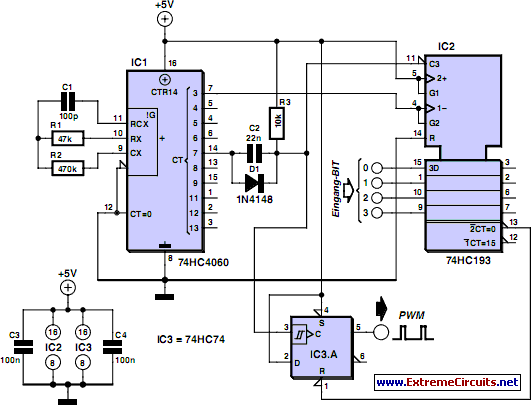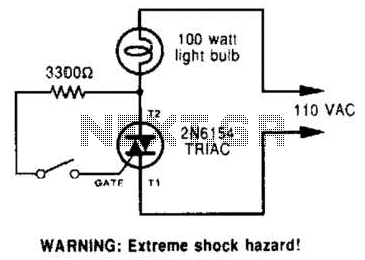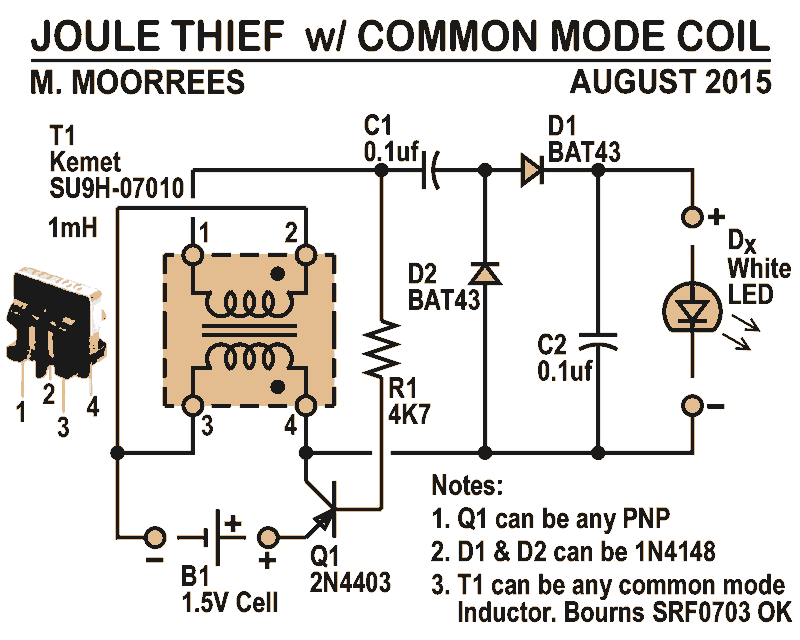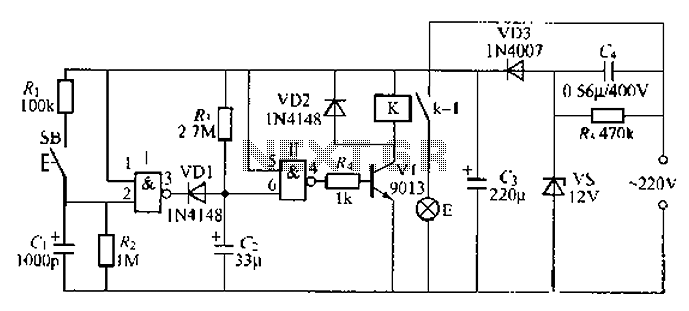
Cookers pot quality detection circuit
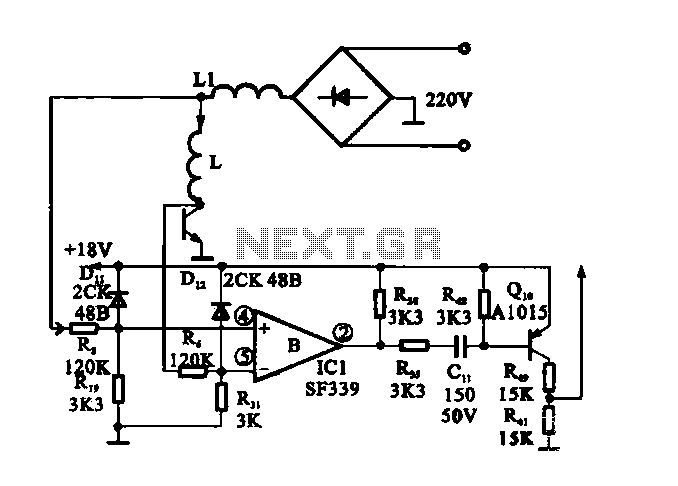
The cookers pot quality detection circuit is designed to assess the quality of cooking pots. The testing process utilizes a disc lesion-induced voltage (EMF) to determine the pot's quality.
The cookers pot quality detection circuit employs a method based on the measurement of electromotive force (EMF) generated by a disc lesion. This approach is predicated on the principle that the quality of the cooking pot can influence the electrical characteristics of the induced voltage. The circuit typically consists of a voltage sensing unit, which captures the EMF produced when a specific stimulus is applied to the pot.
The primary components of the circuit include a voltage comparator, which compares the measured voltage against a predefined threshold level. If the induced voltage exceeds this threshold, it indicates that the pot meets the quality standards. Conversely, if the voltage is below the threshold, the pot may be deemed substandard.
Additionally, the circuit may integrate a microcontroller for enhanced functionality, allowing for data logging and analysis of the quality test results. This microcontroller can also provide user feedback through an LCD display or LEDs, indicating whether the pot passes or fails the quality test.
Power supply considerations are crucial for the operation of the circuit. A stable voltage source is required to ensure accurate measurements. The circuit should also incorporate appropriate filtering to minimize noise and improve measurement reliability.
Overall, the cookers pot quality detection circuit serves as an effective tool for manufacturers and consumers alike, ensuring that only high-quality cooking pots are used in food preparation.Cookers pot quality detection circuit Shown as cookers pot quality detection circuit. Pot quality testing is by disc lesion induced voltage (EMF) to achieve.
The cookers pot quality detection circuit employs a method based on the measurement of electromotive force (EMF) generated by a disc lesion. This approach is predicated on the principle that the quality of the cooking pot can influence the electrical characteristics of the induced voltage. The circuit typically consists of a voltage sensing unit, which captures the EMF produced when a specific stimulus is applied to the pot.
The primary components of the circuit include a voltage comparator, which compares the measured voltage against a predefined threshold level. If the induced voltage exceeds this threshold, it indicates that the pot meets the quality standards. Conversely, if the voltage is below the threshold, the pot may be deemed substandard.
Additionally, the circuit may integrate a microcontroller for enhanced functionality, allowing for data logging and analysis of the quality test results. This microcontroller can also provide user feedback through an LCD display or LEDs, indicating whether the pot passes or fails the quality test.
Power supply considerations are crucial for the operation of the circuit. A stable voltage source is required to ensure accurate measurements. The circuit should also incorporate appropriate filtering to minimize noise and improve measurement reliability.
Overall, the cookers pot quality detection circuit serves as an effective tool for manufacturers and consumers alike, ensuring that only high-quality cooking pots are used in food preparation.Cookers pot quality detection circuit Shown as cookers pot quality detection circuit. Pot quality testing is by disc lesion induced voltage (EMF) to achieve.
